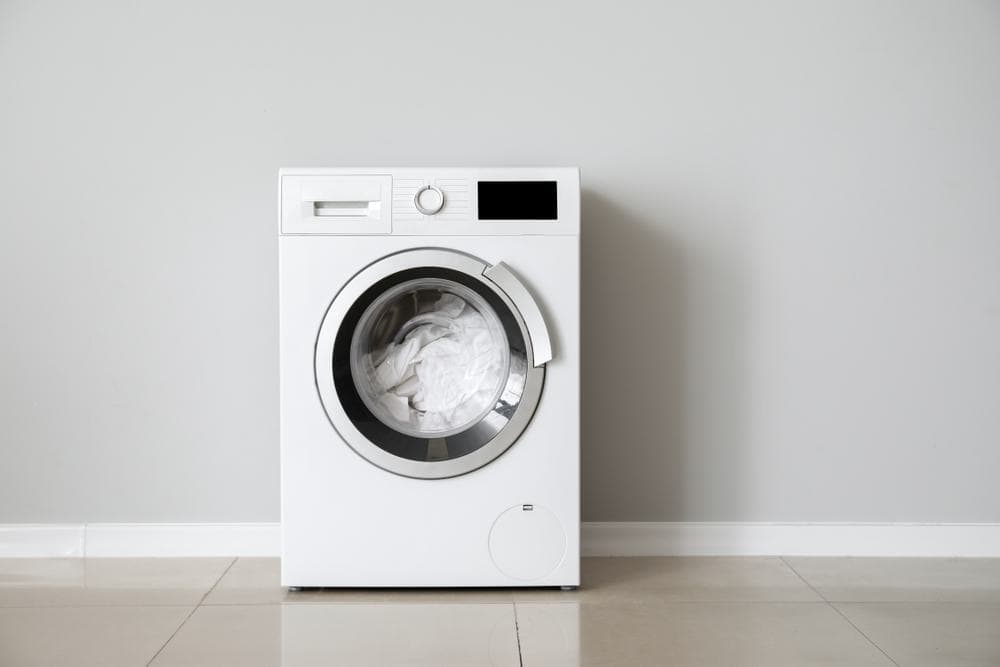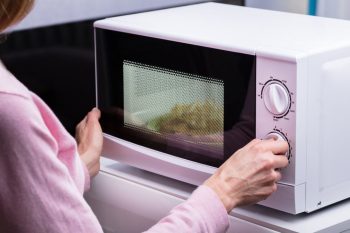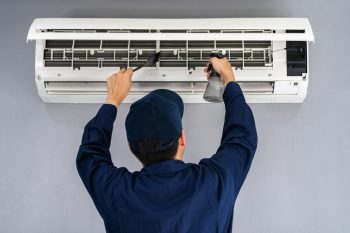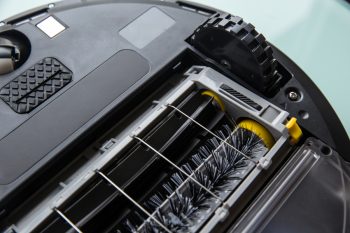
Balancing a washer is a common maintenance task that ensures your machine operates smoothly and efficiently. This article will provide a comprehensive guide on how to balance a Whirlpool Washer, including step-by-step instructions, signs that your washer needs balancing, preventive measures, and safety precautions to consider.
Balancing a Whirlpool Washer involves checking the washer’s level using a level tool. If it’s not level, adjust the leveling feet by turning them clockwise to lower or counterclockwise to raise. Tighten the lock nuts on the feet against the bottom of the cabinet. Test the washer’s balance by rocking it back and forth. If it still rocks, adjust the feet again. Ensure the washer’s drum is centered and the load is properly distributed. If balance issues persist, consider professional help.
What is Washer Balancing?
Washer balancing refers to the process of adjusting your washing machine to ensure that it is stable and level, preventing excessive vibration during operation. An unbalanced washer can lead to excessive noise, damage to the machine, premature wear and tear on parts, and the washer “walking” or moving across the floor.
Signs Your Whirlpool Washer Needs Balancing
Recognizing the signs that your Whirlpool Washer needs balancing is the first step towards resolving the issue. Here are the common indications:
- Excessive shaking or vibration during the spin cycle: This is often the most noticeable sign of an unbalanced washer. If your machine vibrates excessively or ‘walks’ during the spin cycle, it is likely off-balance.
- Loud banging noises: These noises occur when the washer tub hits the sides of the machine due to imbalance.
- Washer moving across the floor: An unbalanced washer can ‘walk’ across the floor due to the uncontrolled vibrations.
- Error codes: Your Whirlpool washer may display error codes such as F0E9 or UL, indicating an unbalanced load.
- Clothes remain wet or the washer not completing the cycle: An unbalanced washer may fail to spin efficiently, leaving your clothes wetter than usual or not completing the cycle.
How to Balance a Whirlpool Washer
Balancing your Whirlpool washer involves adjusting the leveling feet until the machine is level and stable. Here is a step-by-step guide:
- Check the washer’s level: Place a level on top of the appliance, both width-wise and front to back. If the washer is not level, proceed to the next step.
- Adjust the leveling feet: Turn the feet either clockwise to lower them or counterclockwise to raise them. The adjustment process is the same for both plastic and metal feet.
- Tighten the lock nuts: Ensure the lock nuts on the feet are tight against the bottom of the cabinet.
- Test the washer’s balance: Grip the washer from the top and rock it back and forth, ensuring all four feet are firmly on the floor. Repeat this process, rocking the washer from side to side. If the washer still rocks, adjust the leveling feet again and retest.
- Check the washer’s internal components: Look inside the washer and ensure the basket or drum is visibly centered in the opening. Try manually moving the component. If you hear a grinding or clanking noise, it may be time to arrange for professional service.
- Load the washer properly: Avoid tightly packing the load, as clothing should move freely within the washer. Overloading can cause extra wear and tear on the machine and garments. Balance single items, such as a rug or jeans, with other items to prevent off-balance loads.
If your washer continues to have balance issues, it may be necessary to replace the suspension rods or shocks. In this case, consult a professional technician for assistance.
Preventive Measures to Ensure Washer Stays Balanced
To ensure your Whirlpool Washer stays balanced, follow these preventive measures:
- Properly load the washer: Distribute the load evenly in the washer basket, and avoid overloading.
- Wash similar items together: Washing like items together can help maintain balance during the spin cycle.
- Regularly clean the washer: Cleaning the washer regularly can help maintain its performance and prevent issues related to unbalanced loads.
- Inspect and maintain components: Check for any worn or damaged components, such as suspension springs or dampers, and replace them if necessary.
Safety Precautions When Balancing a Whirlpool Washer
When balancing a Whirlpool washer, consider these safety precautions:
- Regularly inspect and maintain washer components: Check the suspension springs, shock absorbers, and other components for wear or damage.
- Ensure the washer is level: The washer must be level, or it will vibrate. Check the floor for flexing or sagging, and do not install the appliance on a raised wooden platform.
- Properly load the washer: Avoid overloading the washer and tightly packing the load. Clothing should move freely within the washer.
- Balance single or bulky items: Avoid washing single items, especially bulky items, by themselves. Balance a single item, such as a rug or jeans, with other items to prevent the washer from becoming unbalanced.
In conclusion, balancing your Whirlpool washer is an essential maintenance task that ensures your machine operates smoothly and efficiently. By recognizing the signs of an unbalanced washer, knowing how to balance it, and following preventive measures and safety precautions, you can prolong the life of your washer and enjoy a more efficient laundry routine.
Frequently Asked Questions
What are the common error codes that indicate an unbalanced Whirlpool washer?
The common error codes that indicate an unbalanced Whirlpool washer are F0E9 or UL. These codes suggest that the washer is off-balance and needs to be adjusted.
Can an unbalanced washer cause damage to the machine?
Yes, an unbalanced washer can cause damage to the machine. It can lead to excessive noise, damage to the machine, premature wear and tear on parts, and the washer moving across the floor.
What should I do if adjusting the leveling feet doesn’t solve the balance issue?
If adjusting the leveling feet doesn’t solve the balance issue, it might be necessary to replace the suspension rods or shocks. In this case, you should consult a professional technician for assistance.
Can overloading the washer cause the machine to be unbalanced?
Yes, overloading the washer can cause the machine to be unbalanced. It’s important to avoid tightly packing the load, and clothing should move freely within the washer. Overloading can cause extra wear and tear on the machine and garments.
What is the purpose of the lock nuts on the leveling feet?
The lock nuts on the leveling feet help to secure the washer in place once it’s been balanced. They should be tight against the bottom of the cabinet to ensure the washer doesn’t shift or move.












